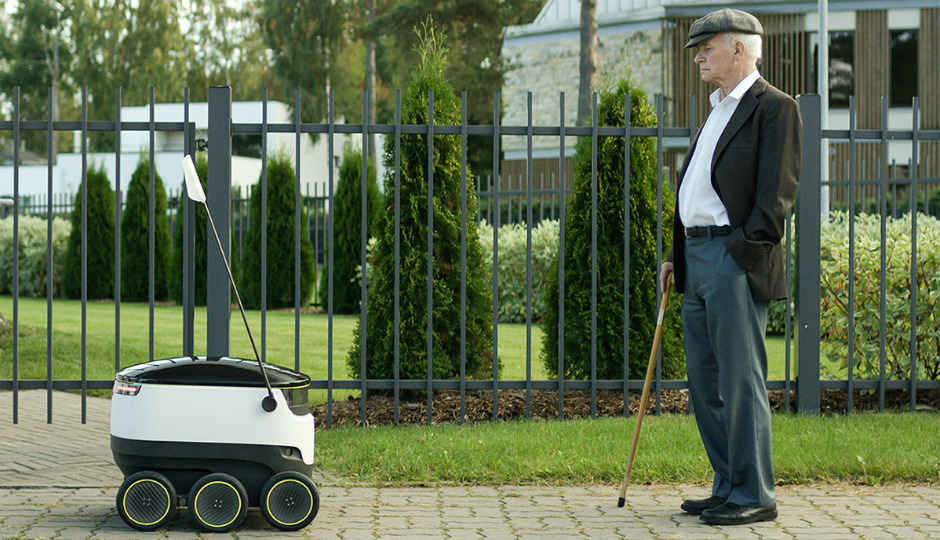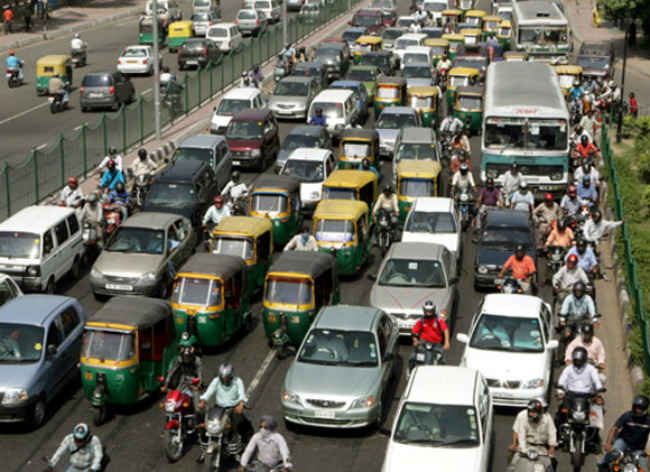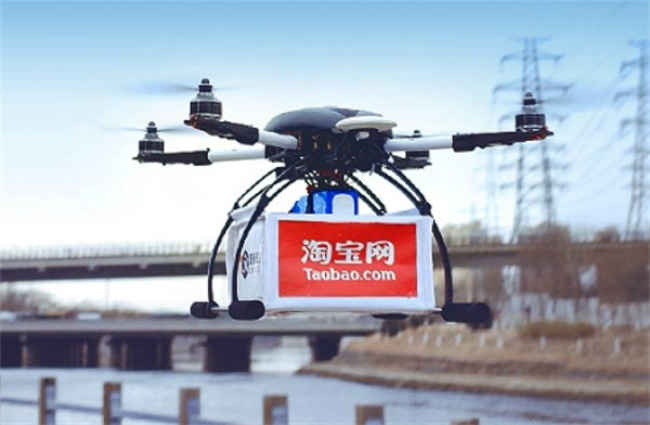Starship’s tiny delivery bots can be the ideal delivery solution
The small Starship delivery bots can travel at speeds of up to 6.4kmph, and form a viable, low-cost alternative to Amazon's proposed drone delivery system

Imagine this: You call for grocery from a nearby store, and a tiny boxed robot travels over to your doorstep in five minutes. You unlock its lid by authenticating it with the store's app on your phone, pick up your stuff, and voila!
 Survey
SurveyStarship Technologies, started by Skype co-founders Ahti Heinla and Janus Friis, have something similar in plan. Starship (which looks nothing like one) is a small box on wheels that can travel by itself, and navigate to your doorstep from stores at a top speed of 6.4 kilometres per hour. It can carry goods weighing up to 9 kilograms, and depending on the distance of your place from the place where you ordered, will get your order delivered within about 30 minutes. While all of this has been theoretically on the charts for a while now, what makes Starship stand out is its simplicity yet perfect sense, attempting to cover areas that might require human touches. Add to that its higher price-to-efficiency proponent, and we have a powerful tool for the future.
The Starship delivery bot will store your stuff, and only you will get to unlock it, using the app on your phone that you had used to order in the first place. Additionally, more than providing security, it is easier to get ground transit permits than getting permission for flying drones with boxes and packages. As of now, this seems to be a plausible future only for the United States of America. But, there are a number of factors that might just occur, if such concepts are implemented in India. Here's taking a look at a few of them.
1. Tampering and theft

While the concept is indeed good, Indian streets are not the safest to allow expensive robots roam around alone, with food inside. Chances are high that casual kidnappers might just pick them up, unwrap the food inside, and send the empty robot to you as gratitude, that too if you are lucky. App-permitted security locking? Well…
2. Impatient, absent pavements

Many Indian roads have an equal amount of traffic on pavements, with peak office hours often threatening to boil over. Even more, some roads are completely devoid of pavements. In light of this, chances are high that the mighty Starship might just get run over in the rush of cars and buses. Rather unfortunate.
3. UCOs are as spooky as UFOs

Let's face it – Unidentified Crawling Objects are equally creepy as Unidentified Flying Objects. You wouldn't really fancy walking in a dark alleyway on a cold winter evening, and suddenly be joined by three box-like robots halway through the journey. Sounds more like a cute attempt of robotic ambush.
4. Practical difficulties
Navigation systems in India have improved by miles, although we still rely on our instincts and knowledge of directions, over electronically assisted maps. Additionally, numerous plots often end up with the same house number, and some roads are simply not navigable by any wheeled transport. In such situations, automated delivery units like Starship will require much work on advanced interaction systems, and is only suited for certain few areas with good roads, connectivity and responsive homes.
While the implementation of drones or any automated delivery systems is a few years away, Starship is an interesting concept that might solve delivery woes in more developed environment, for smaller dealers. Sounds like a long while to reach India, though.